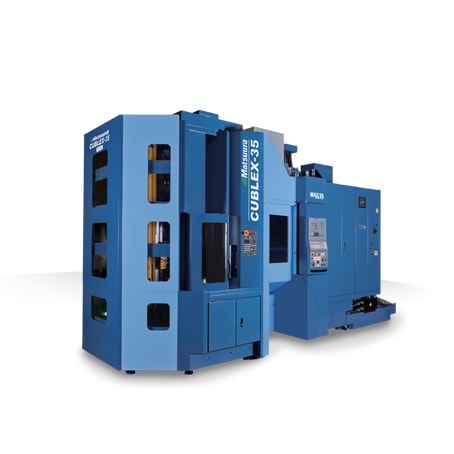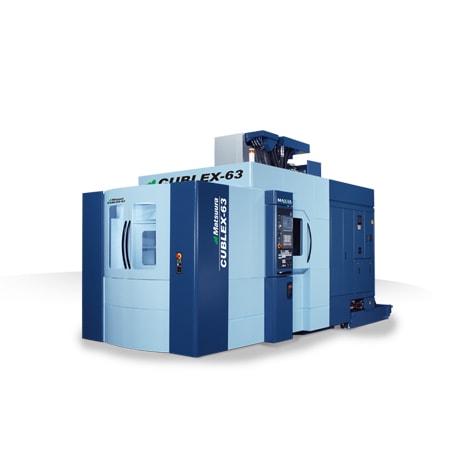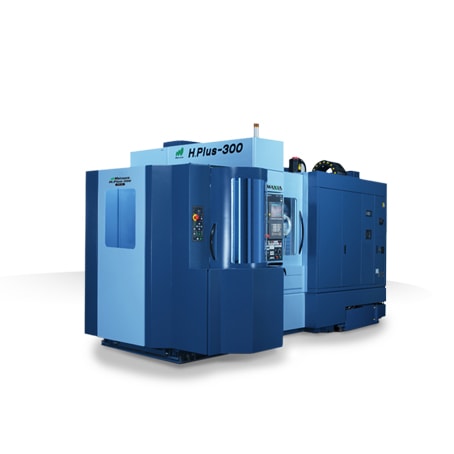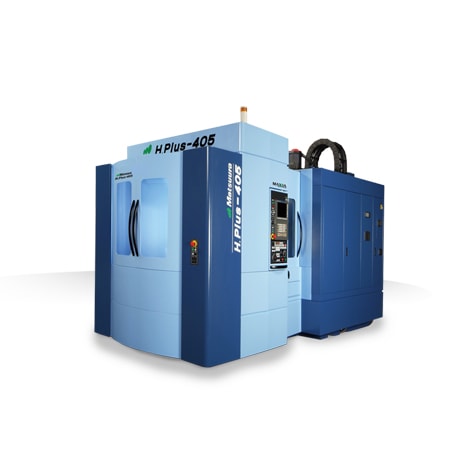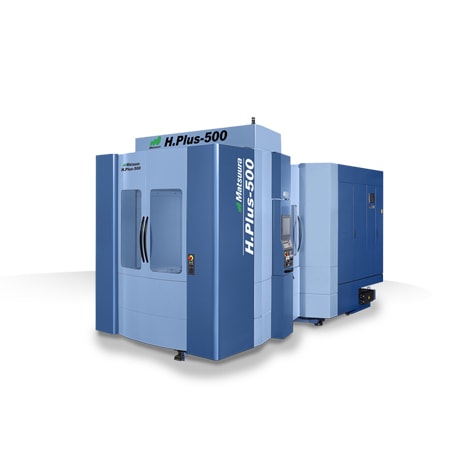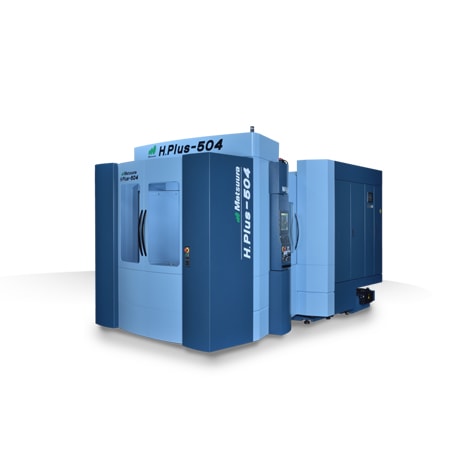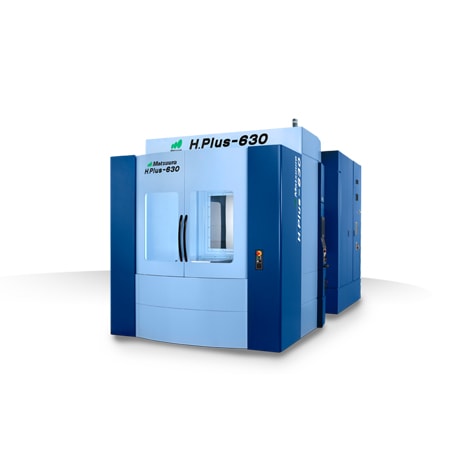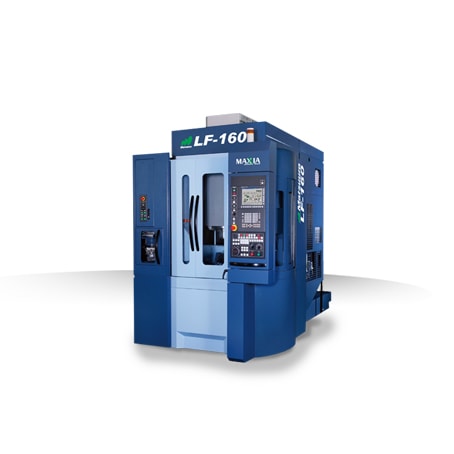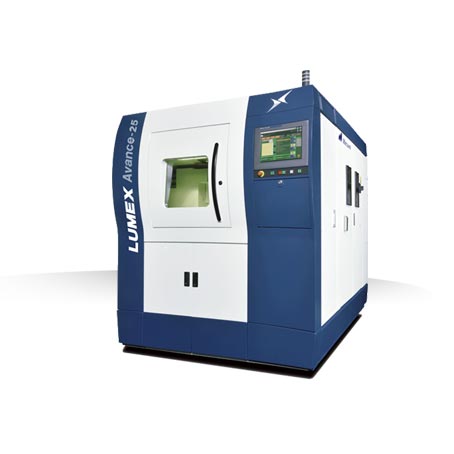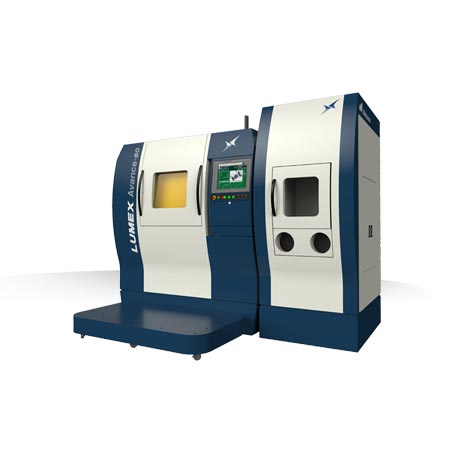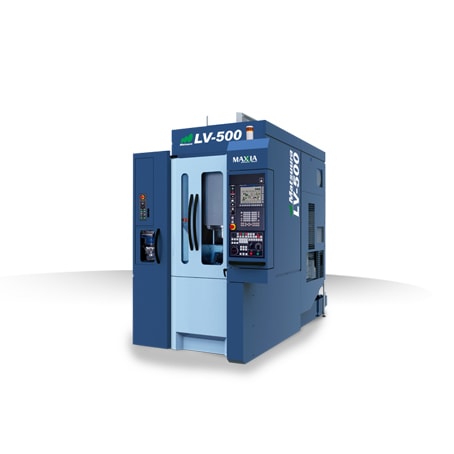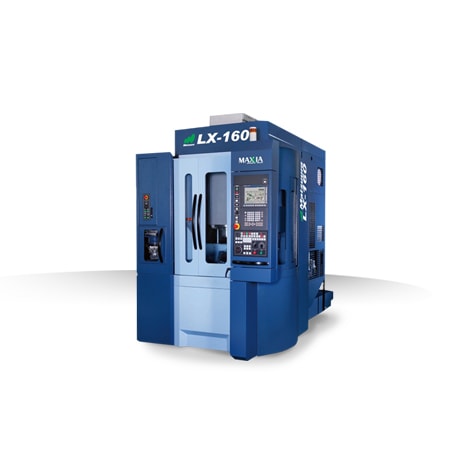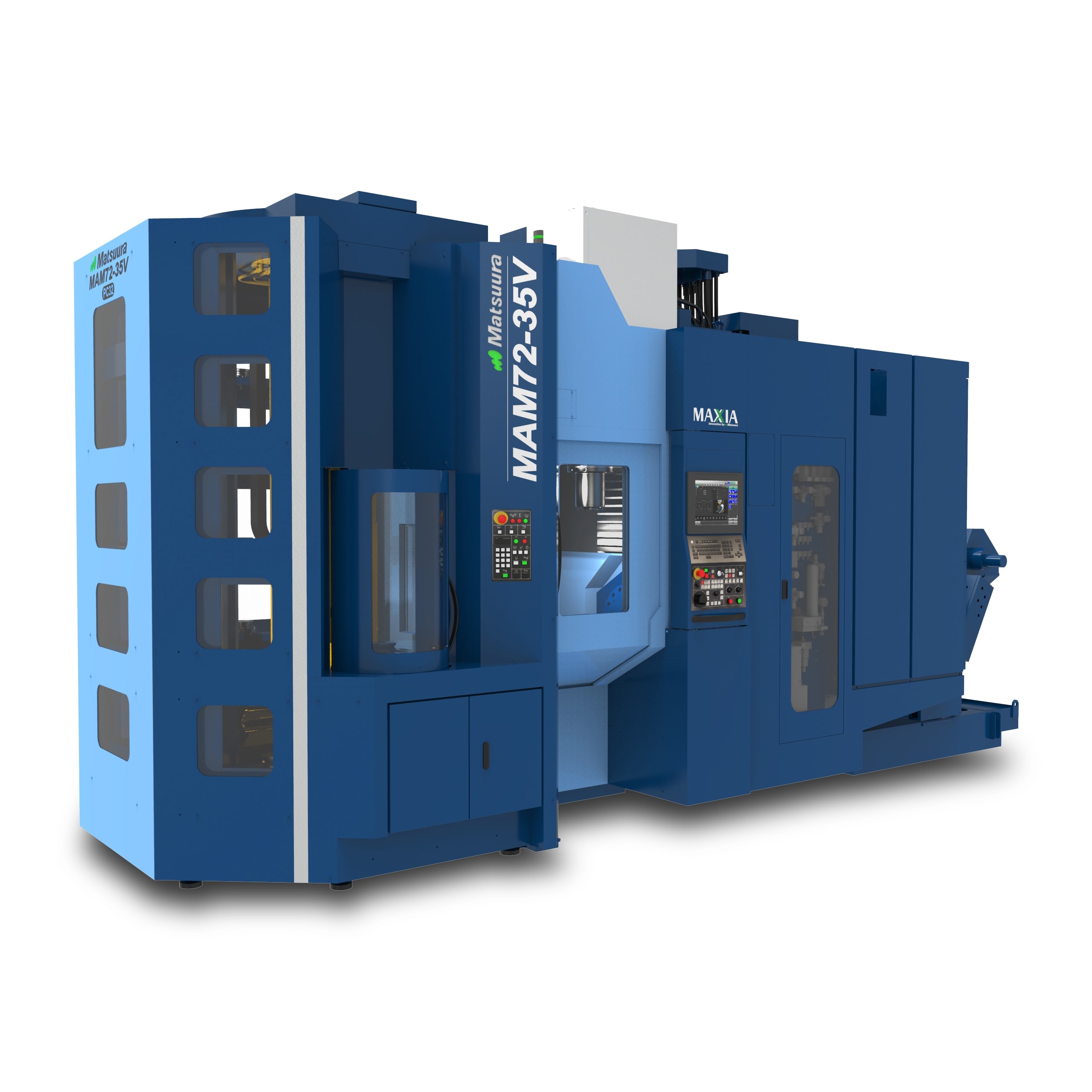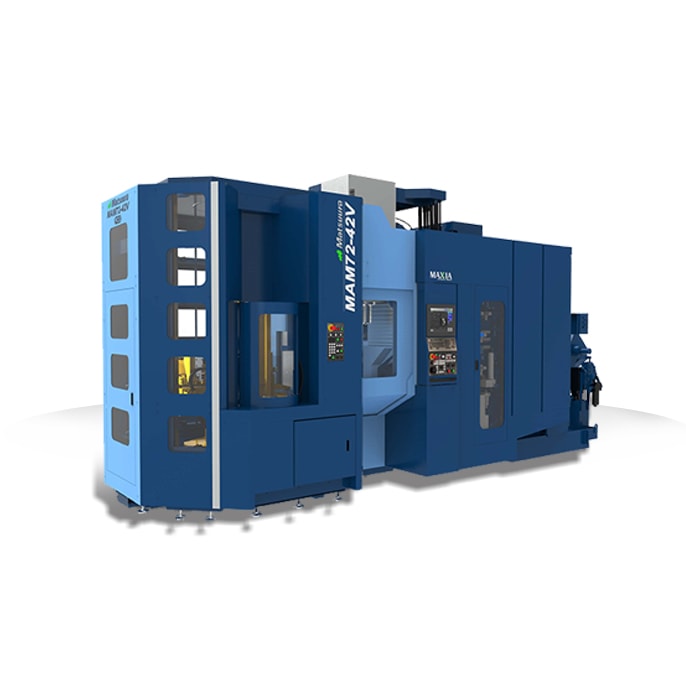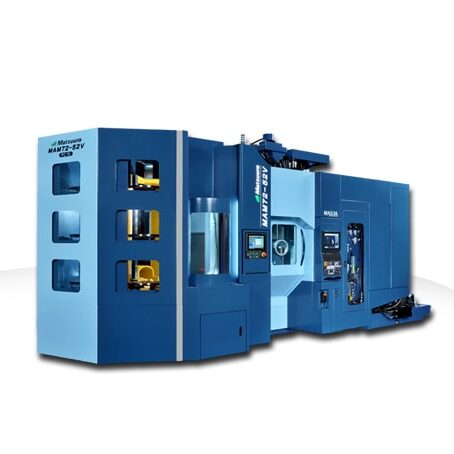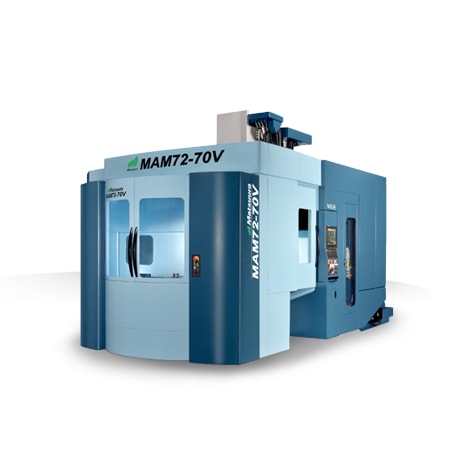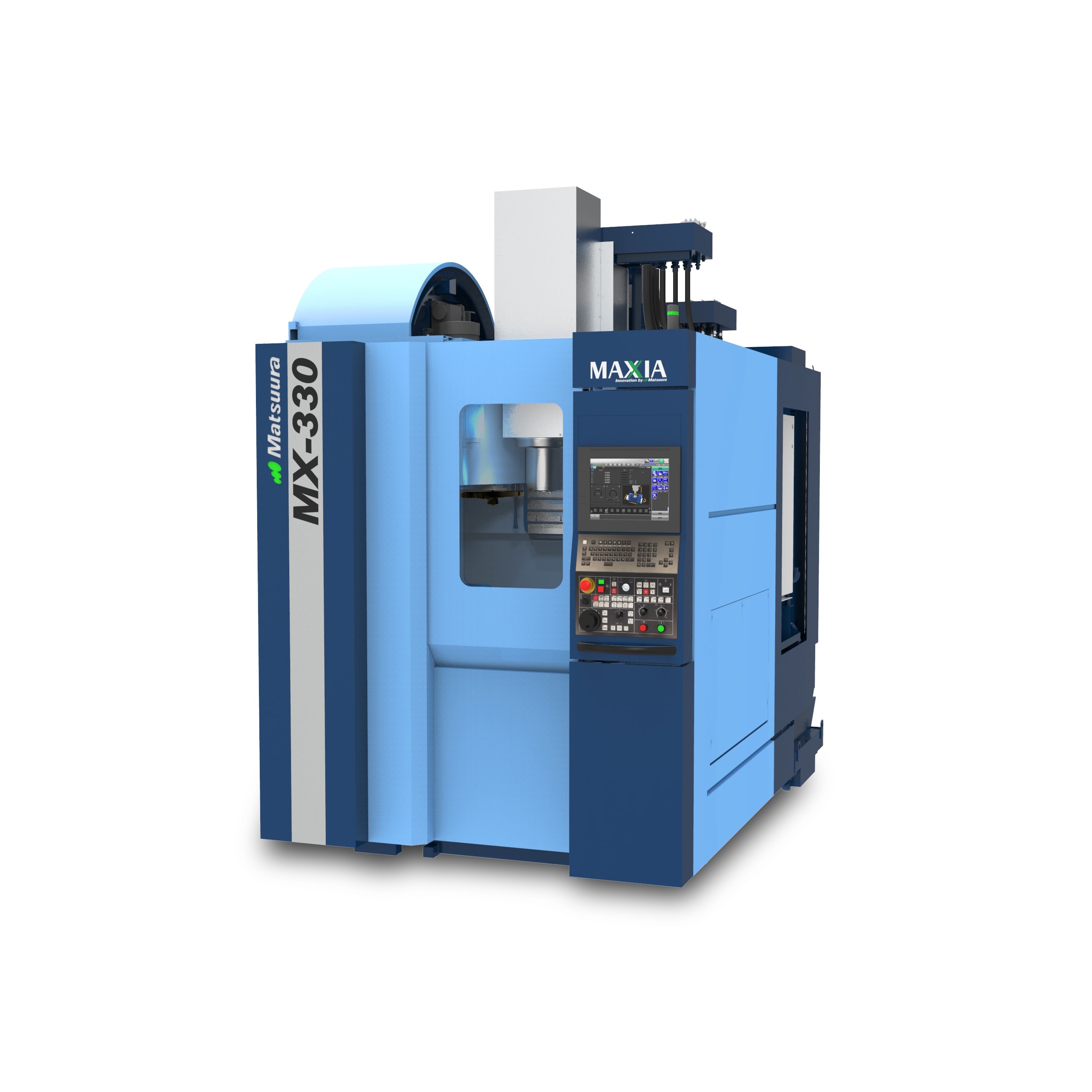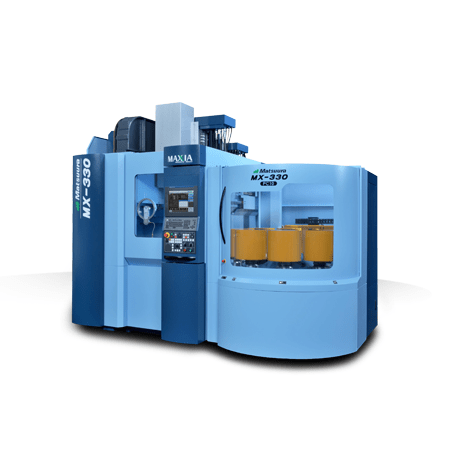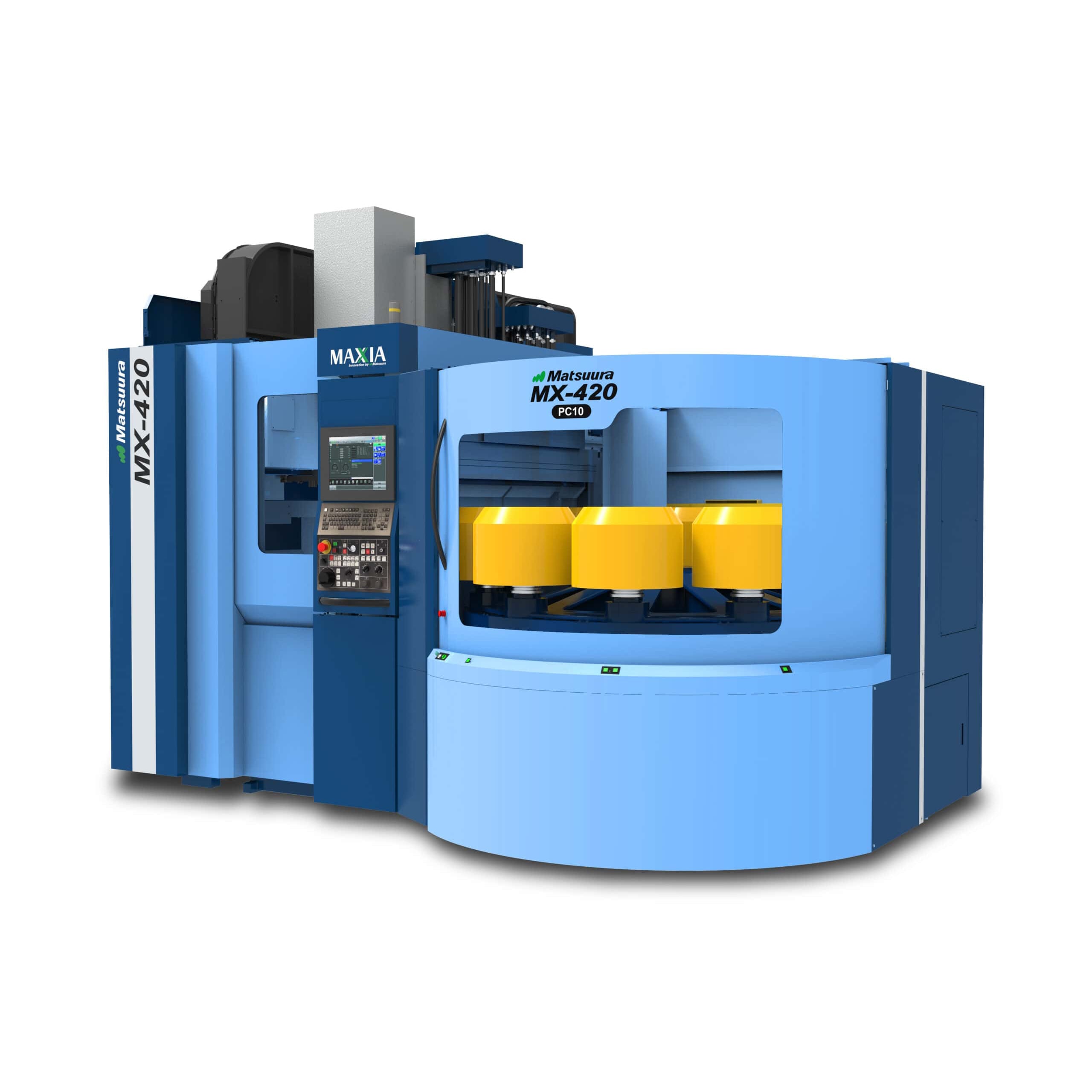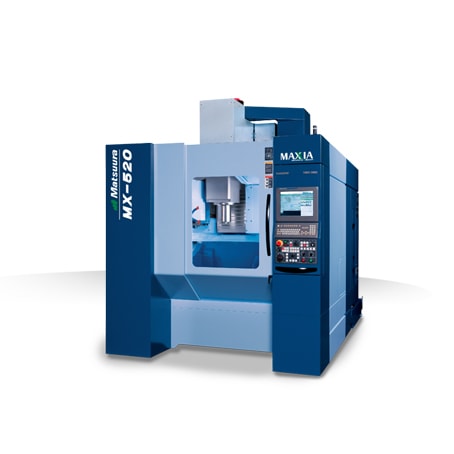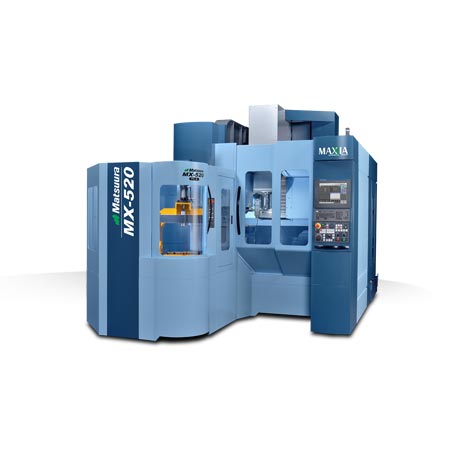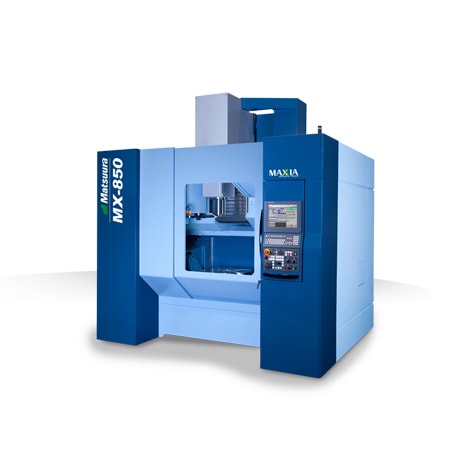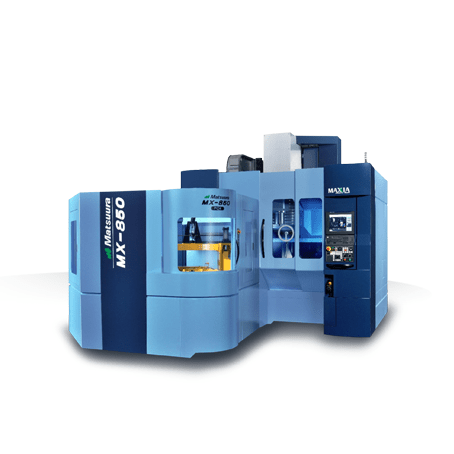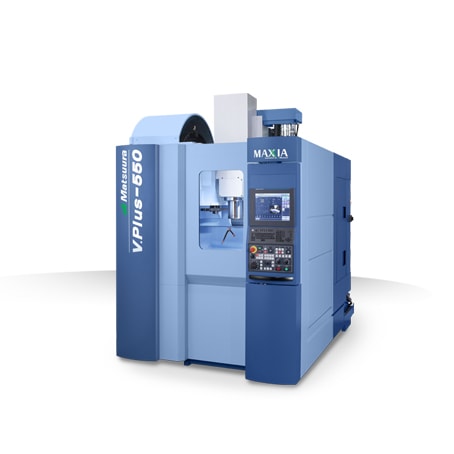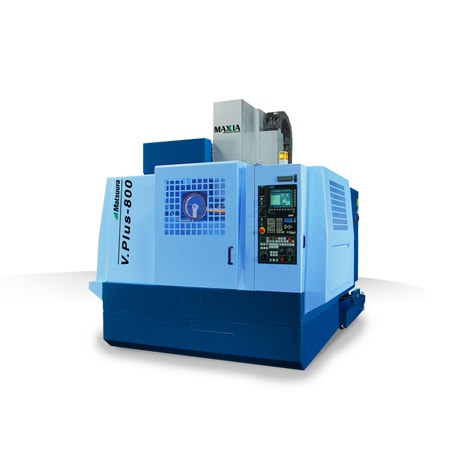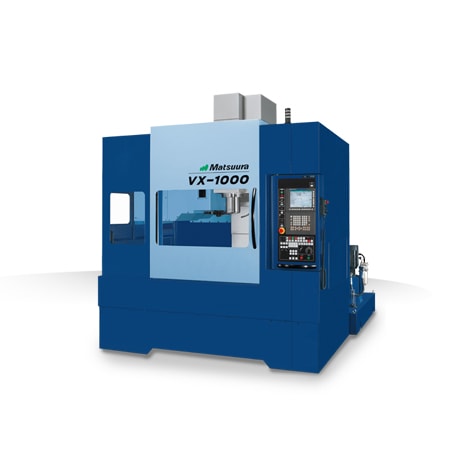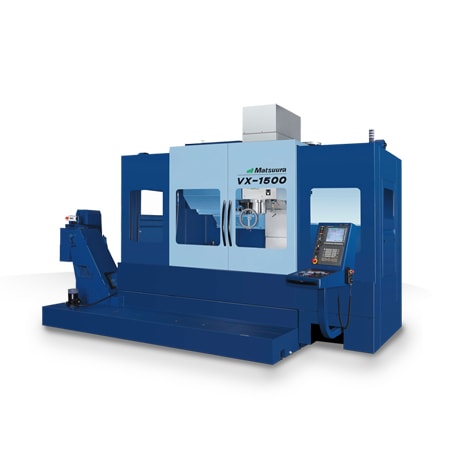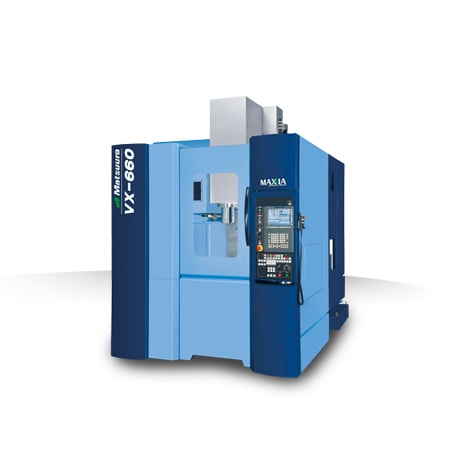Matsuura’s LUMEX technology is researched in three published academic abstracts co-authored by Matsuura LUMEX Application Engineer, Josh Soost.
Benchmarking of 316L Stainless Steel Manufactured by a Hybrid Additive/Subtractive Technology
Abstract: This research study investigated the hybrid processing of 316L stainless steel using laser powder bed (LPB) processing with high-speed machining in the same build envelope. Benchmarking at four laser powers (160W, 240W, 320W, and 380 W) was undertaken by building additively with machining passes integrated sequentially after every ten deposited layers, followed by the final finishing of select surfaces.
Evaluation of Maraging Steel Produced Using Hybrid Additive/Subtractive Manufacturing
Abstract: Hybrid manufacturing is often used to describe a combination of additive and subtractive processes in the same build envelope. In this research study, hybrid manufacturing of 18Ni-300 maraging steel was investigated using a Matsuura LUMEX Avance-25 system that integrates metal additive manufacturing using laser powder bed fusion (LPBF) processing with high-speed machining.
In Envelope Additive/Subtractive Manufacturing and Thermal Post-Processing of Inconel 718
Abstract: This study investigated the application of an in envelope additive/subtractive (LPBF) manufacturing method (Matsuura LUMEX-Avance-25) to fabricate IN718 benchmarking coupons. The coupons were then examined comprehensively for surface finish both with and without high-speed micro-machining. The microstructure of the manufactured IN718 coupons was investigated thoroughly in the as-fabricated condition and following three different standard and one non-standard post-processing heat treatments. As built coupons revealed columnar grain morphology mainly along the <100> direction with a cellular dendritic sub-grain structure and without any strengthening precipitates. Grain size, aspect ratio, and texture were maintained after each of the applied four heat treatments. Only one of the standard heat treatments resulted in the δ phase formation. The other three heat treatments effectively dissolved the Laves phase preventing the δ formation while promoting the formation of γ′/γ″ precipitates. Despite the observed differences in their microstructures, all of the heat treatments resulted in similar yield and ultimate tensile strength values that ranged between 1103–1205 MPa and 1347–1387 MPa, respectively. These values are above the minimum requirements of 1034 MPa and 1241 MPa for the wrought material. The non-standard heat treatment provided the highest elongation of 24.0 ± 0.1% amongst all the heat-treated specimens without a significant loss in strength, while the standard heat treatment for the wrought parts resulted in the lowest elongation of 18.3 ± 0.7% due to the presence of δ phase.
